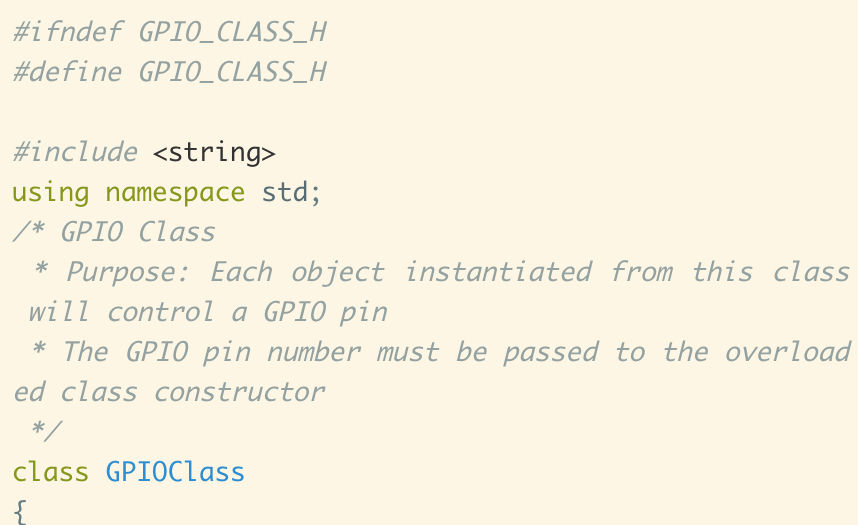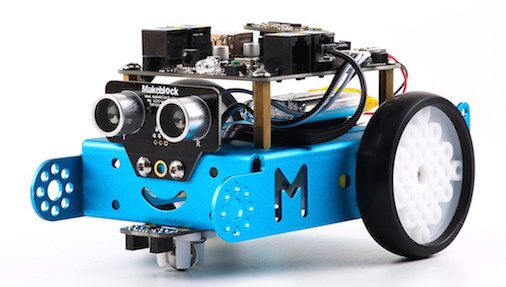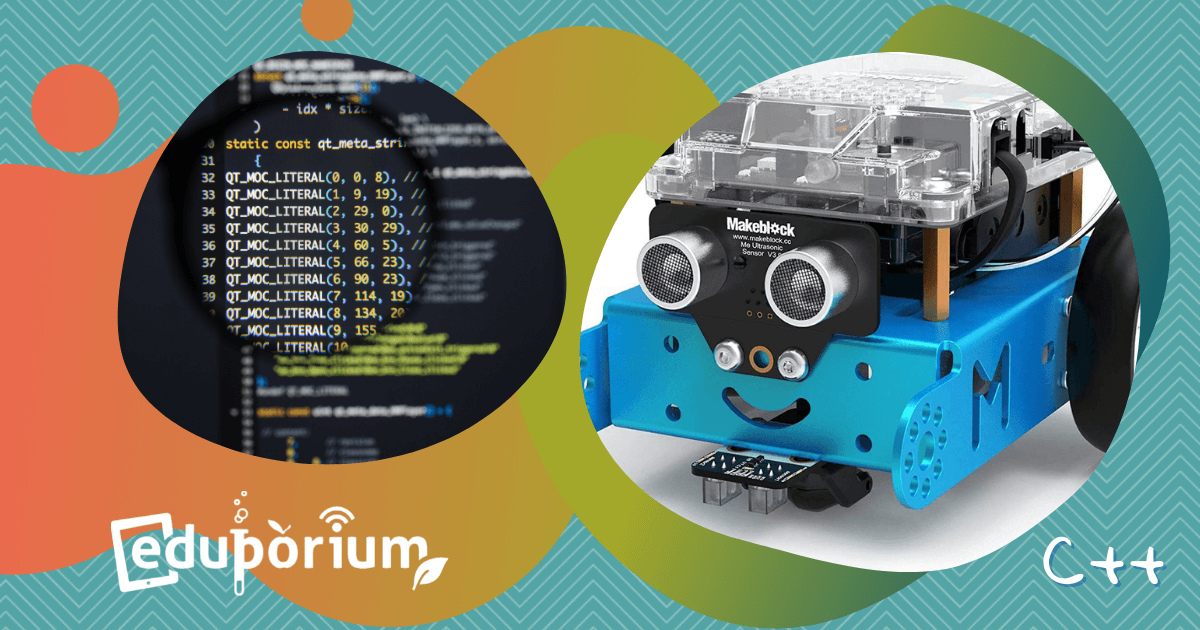The C++ programming language—one of the more advanced coding languages—can be learned by anyone with some computer science experience. On the basic side, students can learn things like loops, arrays, strings, functions, and variables, while the more advanced programming with C++ includes the capability to control pointers, structures, dynamic allocation, binary trees, and more. It is used in the development of software infrastructure, desktop applications, and servers among other areas and technology running C++ code can be implemented on many platforms. Check out some of the tools students can use to program in the C++ language!
Raspberry Pi
Using Raspbian OS, students can create code to run large or small C++ programs on a Raspberry Pi. The good thing about C++ is the code runs exactly how it reads and there are tons of tutorial projects and examples! Specifically, the general purpose input and output (GPIO) pins of the Raspberry Pi can be programmed to complete certain functions using the C++ language. Or, you could create C++ code that enables the control of just a single GPIO pin. The more comfortable you get with C++ and Raspberry Pi, the more possibilities there are!

Let’s Start Coding
With Let's Start Coding's line of in-depth kits, students type code themselves and implement it in their inventions. For C++ coding, kids can learn about functions, variables, statements, syntax, and more! Let’s Start Coding has six different kits that work with their online programming interface, where students can practice typing their own code. They have a Basic Kit and an Ultimate Kit, which is a bit more advanced and also four other additional kits, including the Code Rocket, Code Car, Code Speaker, and Code Piano—all four of which just come with the respective elements that students can use to create code that controls those devices.
mBot
The mBlock software used to program the mBot features Scratch, Python, and Arduino C++ integration that allows students to create programs and establish communication between the robot and their computer. Most of the C++-related programming with the mBot takes place in the Arduino IDE, which students can download as part of the mBlock program. Like with the Raspberry Pi, the mBot’s inputs and outputs, including its RGB LEDs and DC motors, can be controlled with code written in the C++ language.

DF Robot for Arduino
Since we just told you that the mBot has a connection to Arduino programming and C++, it makes sense that the DF Robot Beginner Arduino Kit does as well. Students can create code using the Arduino language that then generates function prototypes and is passed to a C/C++ compiler. Since the Arduino language is merely a set of C/C++ functions, it’s supported by DF Robot and students can reference any of the project cards included in the kit for ideas of how to make interactive projects they can control with code.
To grab any of these C++ programming tools, visit the Eduporium store. If your students aren't quite ready for C++ coding, check out our other robotics tools and help them build a programming foundation for the future! Also, to learn more about additional programming languages, check out the posts linked to Blockly and Python above!



